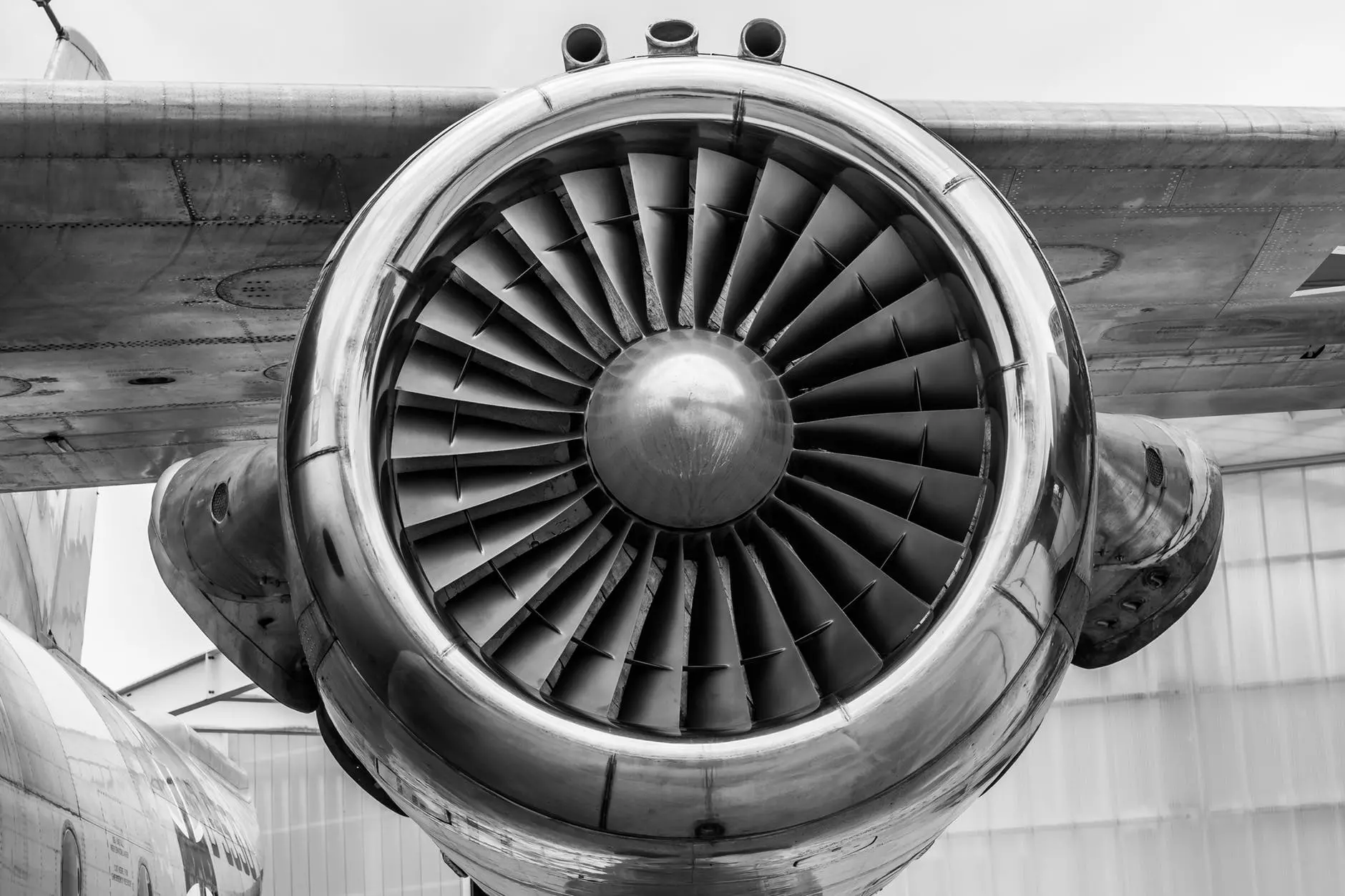I can just remember a time when airlines only had a business class and an economy class. Now, it will often take five minutes for a gate attendant at most airports to rattle through all the permutations of Silver, Gold, Platinum, Double Platinum, Uranium, Plutonium and Mithril flyers to let them know that they can in fact take the left hand lane with the red carpet rather than right hand lane with the plain carpet to get their gears stowed first.
Curiously, though, for all of the programs that are announced, there seem to be fewer and fewer people lining up when this litany of programs are called.
I travel enough (and occasionally fly first class enough) to hear the chatter. The number of miles required to get from one level to the next continues to climb, the perks that come with a bronze vs. silver vs. gold diminish every year, and the length of time that such miles are honored continue to drop. Lifetime members are suddenly discovering caps on travel that didn't exist the year before, and of course, the quality of service across the industry, though especially with carriers like United, continues to decline.
According to the Federal Bureau of Transportation Statistics, total air traffic exceeded 800 million passengers in 2016, though indications are that the 2017 numbers may not prove quite as robust. On the other hand, several factors, from fuel prices that have been rising quietly from the lows in 2014 to an aging fleet and the move to downsize to Boeing 737s, have all contributed to a net capacity actually shrinking since then.
This shrinkage in turn is manifesting in a number of ways: an over-reliance upon over-booking in the industry is one of the more obvious horror stories, where airlines make use of just-in-time bookings scattered across a host of systems (from Saber to fare aggregators) to fill jets to capacity, reducing the overall number of jets in service at any given time as a consequence. It was this process that caused one of the worst public relations nightmares in recent history as a passenger on a United Flight was dragged kicking and screaming from one flight in order to make space for a flight crew that had arrived late (and the video of this incident went viral).
Yet this is also hitting hard with areas like loyalty programs. Most mileage programs started out as a way to attract the wealthier (or corporately funded) business traveller, in effect providing a discount for future flights based upon existing flight usage. Initially these programs were a shot in the arm for the industry, but the problem with such discounts is that they don't actually change the overall amount of money received, they just tend to bring revenues forward. As a consequence, many airlines are quietly (and not always completely legally) changing the terms of the contracts, changing mileage requirements, capping the number of miles and incorporating more black-out dates. Newer carriers (especially discount lines such as Spirit) are dumping them altogether.
It is likely that such a trend will continue, especially as airlines face growing pension obligations and the reality that fuel prices, after remaining at historically low levels, are increasing again. If, as I suspect, we also see a recession towards the end of 2018, this squeeze could force one or more of the biggest carriers (with my money on United) into a final bankruptcy, with one consequence of this being the end of loyalty programs.
One final thought on this. I expect this trend to hold not just for airlines, but for just about any industry. Loyalty generally cannot be bought, only earned. The more that airlines and other companies move towards a commodity model (especially one where the customer is seen as a burden rather than an asset) the harder it will be for those same companies to continue promoting the illusion that they actually do care about their customers, especially as long delayed actions such as maintenance and pension obligations start eating deeply into companies' abilities to provide those service.




Leave your comments
Post comment as a guest